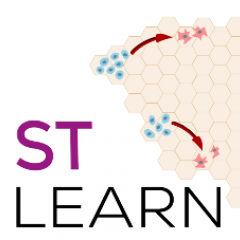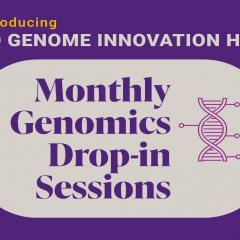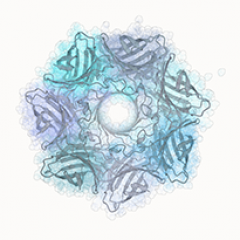Register for this great tutorial by QCIF and GIHs Valentine Murigneux!
This tutorial explores how long and short read data can be combined to produce a high-quality ‘finished’ bacterial genome sequence. Termed ‘hybrid assembly’, we will use read data produced from two different sequencing platforms, Illumina (short read) and Oxford Nanopore Technologies (long read), to carry out de novo genome assembly.
The workshop will focus on the use of Galaxy, a platform that provides a simple and user-friendly interface to bioinformatics tools.
https://www.qcif.edu.au/trainingcourses/hybrid-assembly-galaxy/
Recommended Participants
Biologists and other life scientists planning to work with long-read (ONT) and Illumina data for genome assemblies. No prior bioinformatics knowledge is required.
Learning Objectives
- Understand how Nanopore and Illumina reads can be used together to produce a high quality assembly
- Be familiar with genome assembly and polishing programs
- Learn how to assess the quality of a genome assembly, regardless of whether a reference genome is present or absent
- Be able to assemble an unknown, previously undocumented genome to high-quality using Nanopore and Illumina reads
Upcoming workshops
| Date | Location | Registration information |
| 25 June (morning) | Online Zoom workshop | Register |



